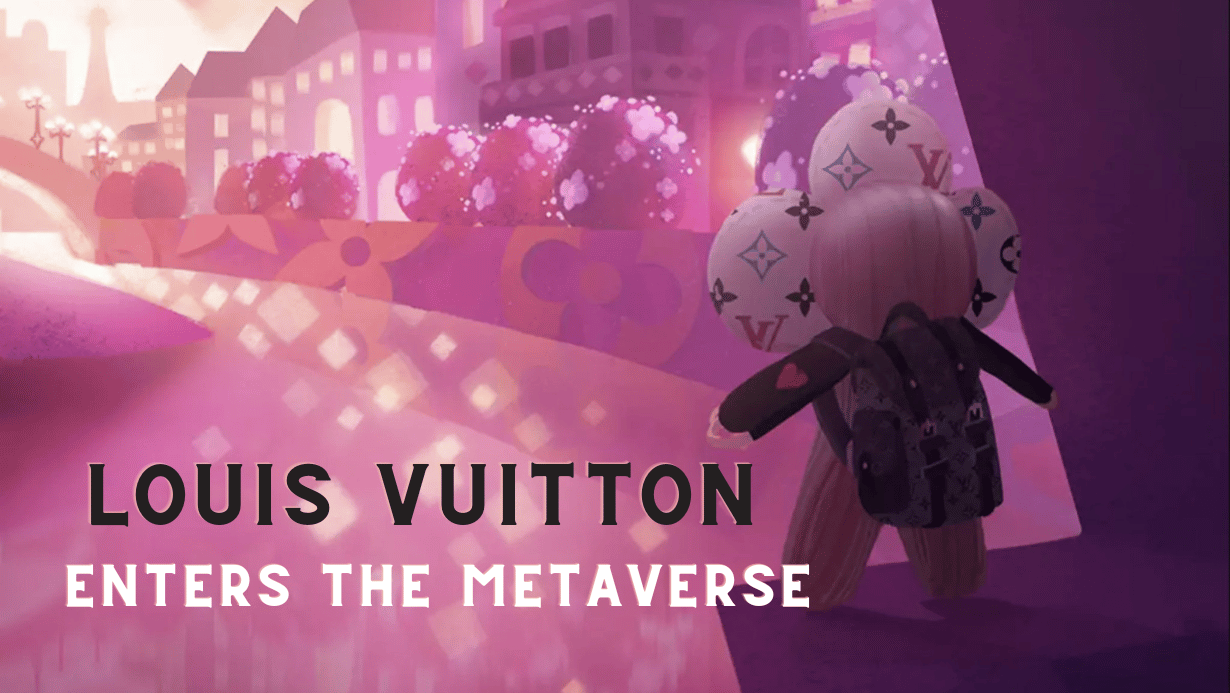The article discusses how the rise of digital spaces and the amount of time spent online have paved the way for creative and interactive experiences, with fashion being one of the top three categories where younger generations like to splurge. Digital fashion is becoming more popular, with Gucci and other fashion brands looking to tap into the $176 billion gaming industry. Non-fungible tokens (NFTs) are creating new possibilities for digital fashion assets and could generate significant revenue streams. The entry of fashion into the metaverse offers encouraging prospects for engaging consumers and provides thrilling possibilities for luxury brands, retailers, and customers.
The rise of digital spaces and the growing amount of time spent by consumers online have paved the way for creative and interactive experiences that reflect this evolution in technology. Gen Z, for instance, spends an average of eight hours a day on screens.
Fashion is one of the top three categories where this demographic likes to splurge, and the same could hold for virtual fashion. According to Gucci's CMO, individuals are starting to attach more value to expressing themselves in virtual worlds through virtual products and personas. Gucci saw 19 million visitors to its Gucci Garden in the Roblox gaming metaverse, while other fashion brands are looking to tap into the $176 billion gaming industry, where users engage and build communities in games and other virtual worlds.
Digital fashion could become a natural extension of applying social media filters on platforms such as Instagram and Snapchat, with 360-degree views used to showcase seasonal collections and avatars of models walking 3-D virtual runways. AI and augmented reality could create new business models that leverage virtual fashion.
Meanwhile, non-fungible tokens (NFTs) are creating new possibilities, with their unique crypto assets bought, sold, and exchanged in the metaverse, often with cryptocurrency. NFTs can authenticate fashion products or serve as collectibles, with luxury players and gaming universes engaging in this space. There are indications that digital fashion assets could generate significant revenue streams, particularly if the psychology of scarcity and limited editions driving NFT mania is leveraged, along with the security of authentication and the potential for community building that they provide.
At the very least, the entry of fashion into the metaverse implies encouraging prospects for engaging consumers. Although the exact form of this rapidly expanding digital world is unpredictable, the possibilities it offers are thrilling for luxury brands, retailers, and customers alike.


